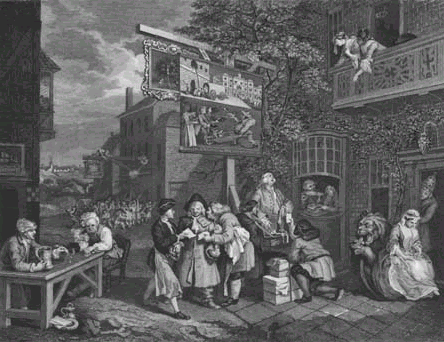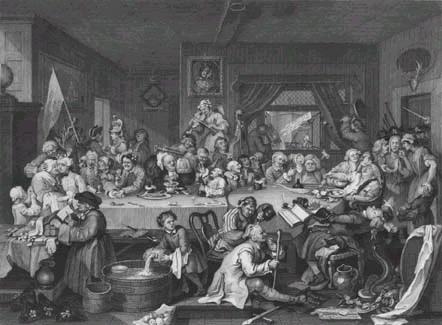Jews
With an estimated population of 8,000, half of whom had been born abroad Jews were a tiny minority, since they represented approximately 0.01% of the overall population in England and Wales in the middle of the eighteenth century. Though most of the Jewish community lived in London, they also gradually scattered all over the country.
They had been granted freedom of worship, so at least two new synagogues were built in London in 1722 and 1726.
As they were barred from public office, their activities were limited to trade and finance. However, their market share in England’s overall trade has been assessed as being no more than 5 per cent. Whilst some rich Jewish merchants traded coral, diamonds, bullion, sugar, cotton or silk in Spain, Portugal, India or the West Indies, and others worked in the City as stockbrokers or moneylenders, poorer Jews could be pedlars or shopkeepers. As for the sick, the aged, and the destitute, the Jewish community set up schemes for the relief of their own poor.
The famous “Jew Bill” of 1753 attempted to allow Jews to be naturalised. It passed through Parliament in Spring, then received royal assent. It should therefore be known as the “Jew Act.” However, there were so many riots, demonstrations and petitions against the new statute during the Summer recess that in Autumn Parliament gave way to public opinion and introduced a bill to repeal the unpopular measure. It was to take more than another seventy years before the emancipation of English Jews.
Two details from Hogarth’s Election Series :
- the Jewish pedlar in “Canvassing for Votes”
- the rioter carrrying the notice “no Jews” on his chest (seen through the window in “The Election Entertainment”)


Hogarth’s Election Series (1757) which makes significant use of frames within frames such as windows and inn-signs.

